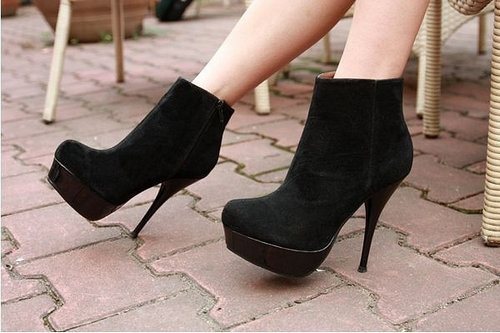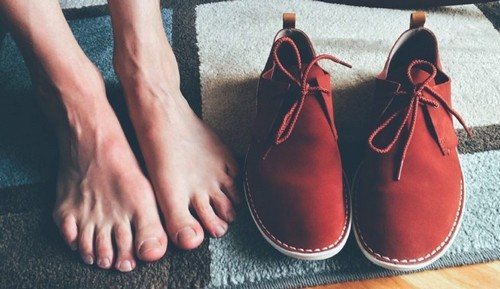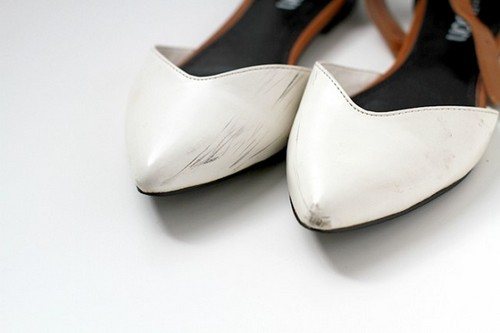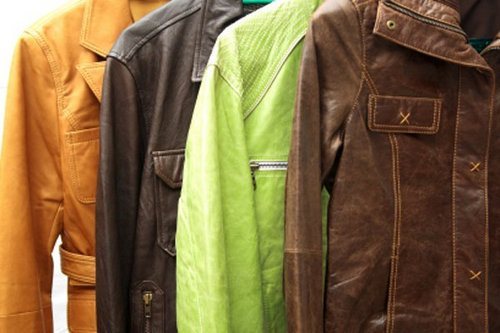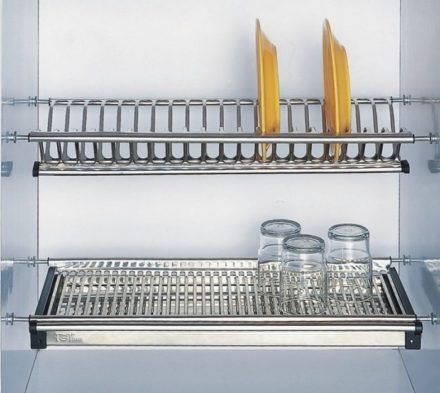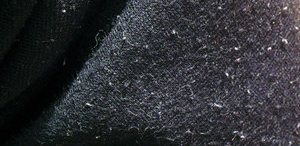Each of us has repeatedly encountered an unpleasant situation when, after putting on new amazing shoes, just a few hours later terrible dropsy formed on our feet, the shoes stung unbearably and we wanted to get rid of them as quickly as possible.

As a rule, after such executions and moral shocks, it takes some time to repeat this feat again. But such suffering and unpleasant health consequences can be completely avoided if you know some ways to break in tight shoes.
Shoes are tight, why does this happen?
To begin with, you should learn one main rule: always buy shoes only in your size.
To do this, having chosen the pair you like in the store, you need to try it on. And not one shoe, as many are used to, but two at once. Then get up, stand in them for a while, and then walk around the hall a little. This way you will feel how comfortable and soft the shoes are or, conversely, how narrow and hard they are. Remember that the wrong shoes can not only become deformed and cause discomfort when wearing them, but also cause such unpleasant diseases as flat feet, bunions and others.
As a rule, any new shoes can be easily worn out after just a few outings, without causing any inconvenience. However, there are situations when you simply cannot do without careful stretching. For example, this happens when:
- a pair of shoes does not correspond to the required size;
- narrow in volume or length;
- shrank in size after getting wet (suede);
- It squeezes and rubs a lot.
What to do to break in tight shoes
So, if suddenly such an opportunity happened and you became the “lucky” owner of a pair of tight shoes, then you should resort to some methods of “shock therapy” for it.
However, it should be noted that the effectiveness of the method chosen for breaking in shoes is directly influenced by the material from which it is made.
- Leather
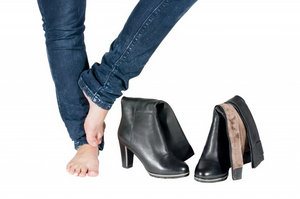 Genuine leather shoes stretch much faster than any other. And here both the use of special purchased products and traditional methods are equally effective. For example, you can use 3% vinegar and wipe it over the entire inside surface of your shoes. This will also help avoid the unpleasant burning sensation while wearing it in.
Genuine leather shoes stretch much faster than any other. And here both the use of special purchased products and traditional methods are equally effective. For example, you can use 3% vinegar and wipe it over the entire inside surface of your shoes. This will also help avoid the unpleasant burning sensation while wearing it in.
Another surefire way is to resort to sprays and foams special for stretching shoes. This method is quite effective and fast. In addition, it is applicable to all materials except varnished products.
You can also go to a workshop where shoes are stretched with special devices for this purpose, or purchase such a device for your home for independent manipulation.
- Faux leather or leatherette
Things are completely different with breaking in leatherette shoes. Frankly speaking, this is an almost impossible task. Here you can use only two methods: wet socks and newspaper.
The principle is very simple: put tight shoes on wet thick socks and wear them until they are completely dry. This procedure can take from 20 minutes to several hours.Or shred the newspaper, fill it with water and wait until it swells, and then fill the product with this mass and dry it at natural temperature for about 2 days.
- Suede
For suede, a freezer option is a good option as a stretcher. This is the most unusual method, but very effective.
 It is necessary to place a plastic bag filled with water inside the shoe so that the entire surface from heel to toe is occupied and place it in the freezer overnight. Then remove the product and let the bag thaw a little. You should not take it out immediately to avoid damage to the product from the inside. Repeat if the result is not achieved.
It is necessary to place a plastic bag filled with water inside the shoe so that the entire surface from heel to toe is occupied and place it in the freezer overnight. Then remove the product and let the bag thaw a little. You should not take it out immediately to avoid damage to the product from the inside. Repeat if the result is not achieved.
But suede also has its own universal method of breaking in. For this, regular beer is used. The inner surface is generously moistened with this drink, put on thick socks and worn for several hours. In this case, products made of suede and nubuck should be stretched extremely carefully, as the size may turn out to be larger than expected.
- Varnish
To break in patent leather shoes, it is appropriate to use thick socks soaked in vodka, cologne or alcohol diluted with water (1/3 alcohol to 2/3 water). The inside of the shoe should be moistened generously with liquid, put on your feet with socks and walked until the shoes are completely dry. However, here it is necessary to do everything extremely correctly so as not to spoil the thin and sensitive material.
As you can see, there are many “first aid” recipes for dealing with tight shoes. Which one is preferred depends on the material and tightness of the product.However, the best option is still a careful and correct selection of the size and completeness of the shoe model.


